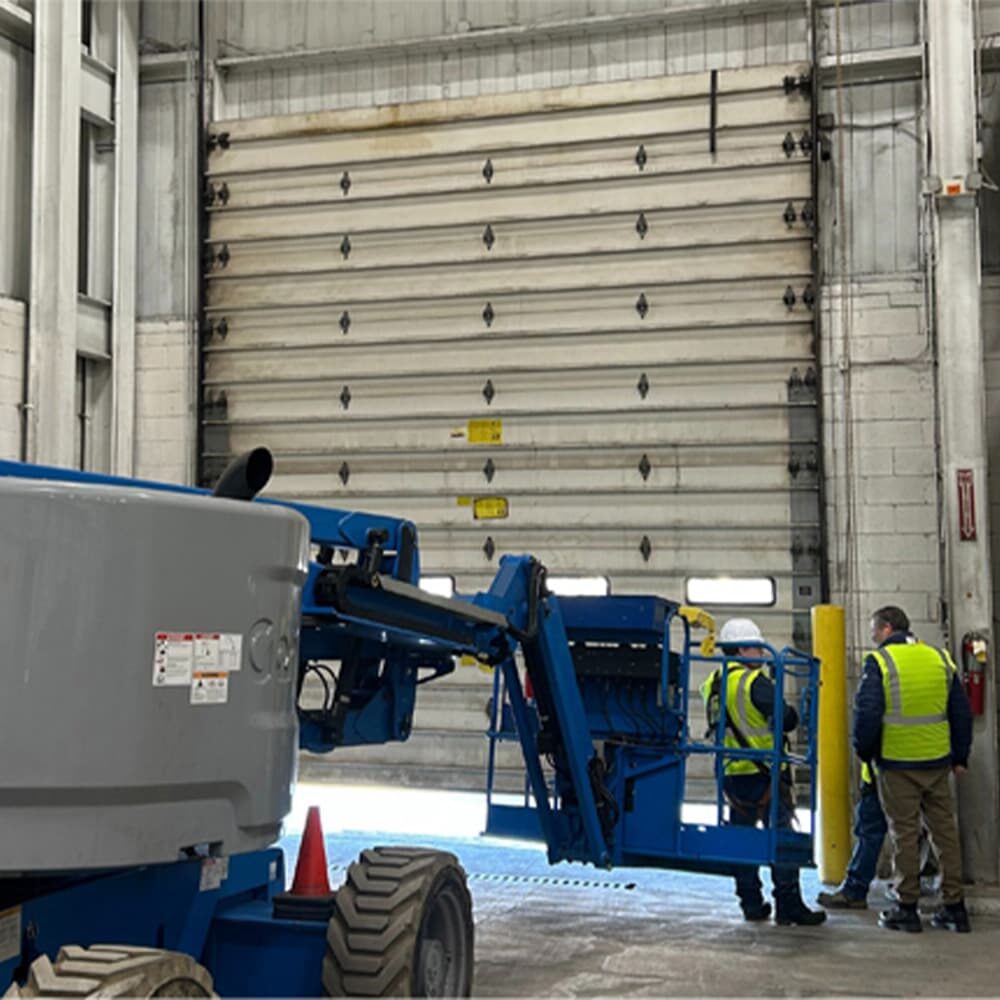The Downtime Problem
Unplanned downtime disrupts schedules, increases safety risks, and adds unexpected costs across operations. A single failed door or dock can bring production or shipping to a stop.
Downtime impacts include:
When equipment fails unexpectedly, the ripple effect touches every part of your operation, from worker safety to on-time delivery.
Why is proactive maintenance so important?
Reactive repairs are unpredictable and expensive. A proactive approach stabilizes costs, improves safety, and extends the life of your assets.
Dynamic’s Planned Maintenance Program helps facilities move from reacting to managing. It includes:
- Scheduled inspections and detailed reporting
- Budget predictability and fewer emergencies
- Improved safety and compliance
- Extended asset life and consistent performance




